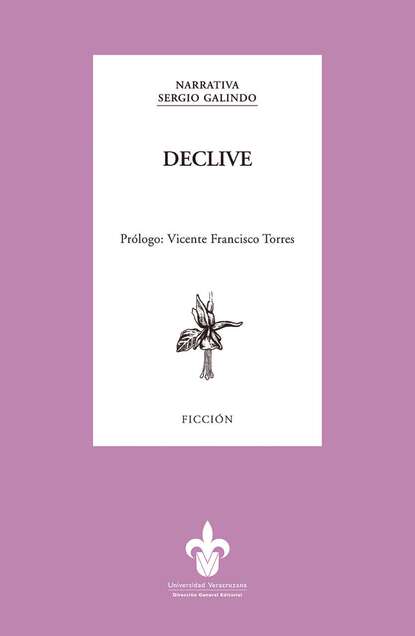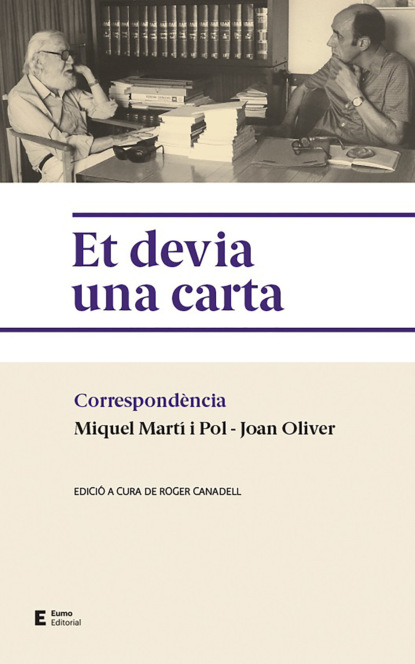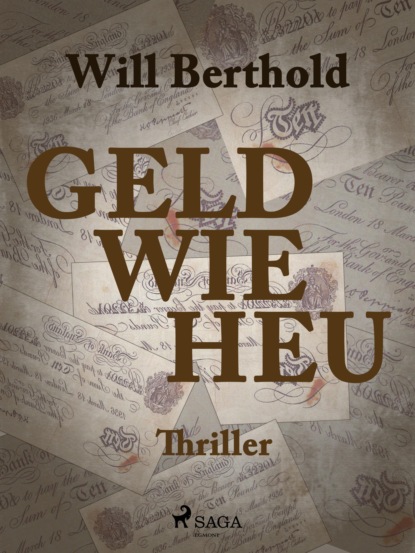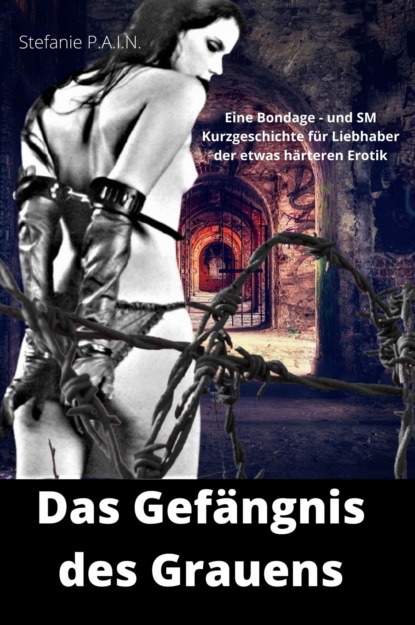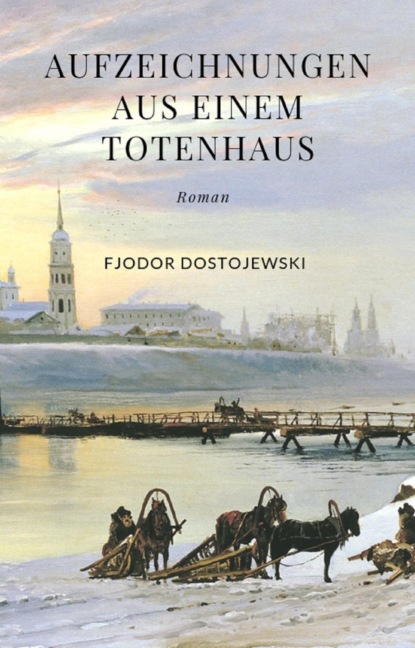Данное исследование направлено на выявление культурной роли магического реализма как доминирующего режима повествования в постколониальной британской прозе путем детального анализа четырех романов магического реализма: "Дети полуночи" Салмана Рушди (1981), "Великий индийский роман" Шаши Тарура (1989), "Изнуренная дорога" Бена Окри (1991) и "Последний атмосферный вихрь Алюсина Данбара" Сайла Чени-Кокера (1990). Основное внимание уделяется способам, которыми эти писатели использовали потенциал магического реализма для отображения своих гибридных культурных и национальных идентичностей. Чтобы обеспечить необходимый исторический контекст для обсуждения, автор первоначально прослеживает развитие магического реализма от его возникновения в европейской живописи до его применения в литературе европейскими и латиноамериканскими писателями и исследует спорные определения магического реализма и критические вопросы, связанные с ними. Затем он анализирует взаимосвязь между парадигматическим поворотом, который произошел в постколониальной литературе в 1980-х годах, и параллельным взлетом магического реализма как литературного выражения стран Третьего мира.
This is a study that aims to explore the role of magical realism within postcolonial novels, focusing on four British novels written by Salman Rushdie, Shashi Tharoor, Ben Okri, and Syl Cheney Coker. The overarching purpose of the study is to trace the way these authors have employed magical realism in order to characterise hybrid and cultural identities. In pursuit of these goals, the book first presents a historical overview of how magical realism has developed as an art movement, both within European painting and in writings by writers from Europe and South America. It then explores in depth the complexities posed by the debate surrounding the meaning of a magical realist narrative and recognises the controversy surrounding this literary style. Further, it analyzes the connection between the political and literary landscape of postcolonial Britain in the late 20th century and the rising popularity of magical realism among Third World novelists. As Dr Taner Can Koçu explains in his introduction, "Magical realism is charged with tremendous representational power. It shapes the deeply individual elements of consciousness, transfigures historical landmark events, aestheticizes fallen love, circumvents formal disruptions, and provides the aesthetic matrix that completes the Bible's narrative of creation". The bulk of the thesis incorporates a rigorous examination of the four novels mentioned above, rigorously analyzing how they adapt the relevance and craft of magical realism while portraying diverse histories, cultures, and social environments. The text concludes with an overview that outlines the usefulness of magical realism in reflecting the heterogeneity and hybridity of contemporary worlds, whilst also offering insights into the importance of race and ethnicity. This work will be of interest to students in the fields of comparative literature and British literature at graduate school levels.
Электронная Книга «Magical Realism in Postcolonial British Fiction: History, Nation, and Narration» написана автором Taner Can в году.
Минимальный возраст читателя: 0
Язык: Английский
ISBN: 9783838267548
Описание книги от Taner Can
This study aims at delineating the cultural work of magical realism as a dominant narrative mode in postcolonial British fiction through a detailed analysis of four magical realist novels: Salman Rushdie’s Midnight's Children (1981), Shashi Tharoor's The Great Indian Novel (1989), Ben Okri's The Famished Road (1991), and Syl Cheney-Coker's The Last Harmattan of Alusine Dunbar (1990). The main focus of attention lies on the ways in which the novelists in question have exploited the potentials of magical realism to represent their hybrid cultural and national identities. To provide the necessary historical context for the discussion, the author first traces the development of magical realism from its origins in European Painting to its appropriation into literature by European and Latin American writers and explores the contested definitions of magical realism and the critical questions surrounding them. He then proceeds to analyze the relationship between the paradigmatic turn that took place in postcolonial literatures in the 1980s and the concomitant rise of magical realism as the literary expression of Third World countries. .



